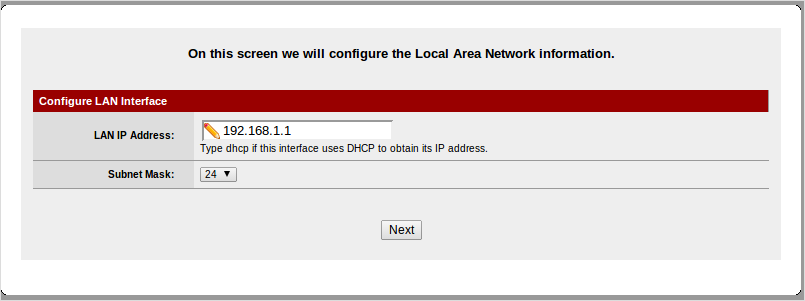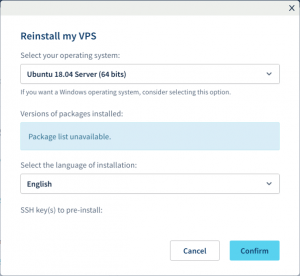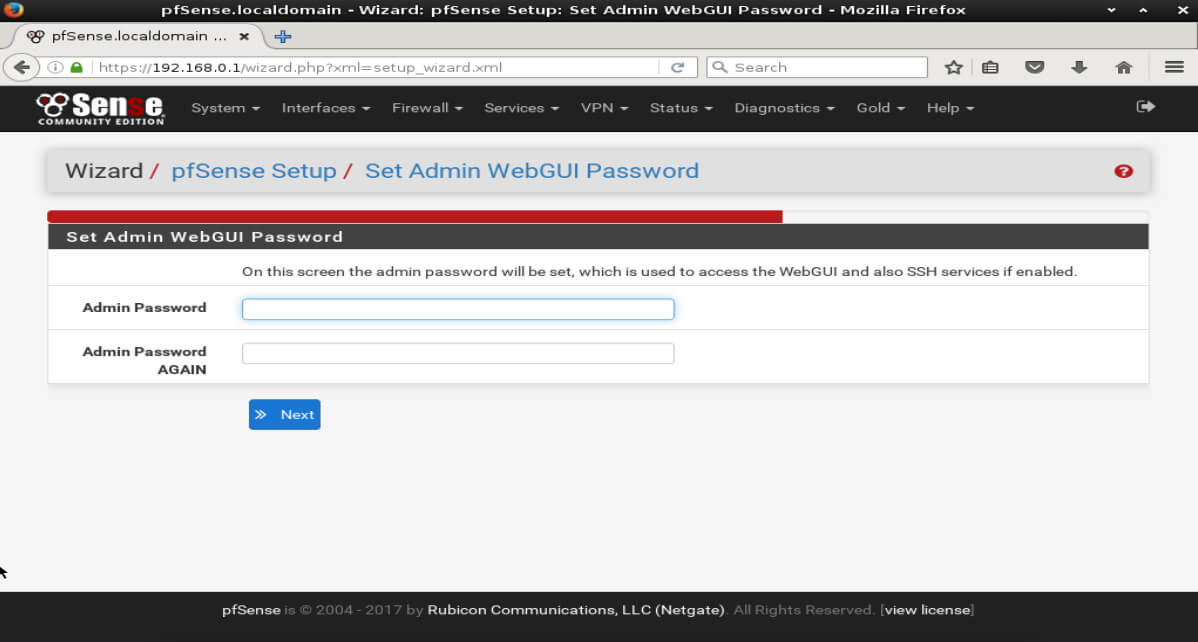Pfsense Gui Default Password
You are here:» OpenVPN Server with Username/Password Authentication. Posted on February 5, 2014. by. inIn this tutorial I’m going to show you how to configure OpenVPN server using username / password authentication on the client. The configuration will be pretty straight forward and will be a great starting point for more complex openvpn configurations. First I will show you how to configure the server and then the client, in my example I’m using Ubuntu 12.04 but you should be able to do this on any linux distribution.

Here is a complete list of pfSense router passwords and usernames. Find pfSense router passwords and usernames using this router password list for pfSense routers. Finally, there are some default names such as LAN address (i.e., LAN interface IP address of pfSense) and LAN net (i.e., LAN network and other static routes configured on that interface) that we can use when configuring rules. These make your life easier because, if an address/network changes, you won’t have to alter the rule as the rule will.
Pfsense Gui Default Password Download

Default Password Linksys Router
Server ConfigurationLet’s instal openvpn: sudo apt-get install openvpnOpenVPN is in the default repositories so that’s easy enough. Now we have to configure our CA (Certificate Authority) and generate some keys: sudo mkdir /etc/openvpn/easy-rsa/OpenVPN uses the /etc/openvpn folder and this is where we create a new folder called “easy-rsa”. It also comes with some example files which we’ll use: sudo cp -r /usr/share/doc/openvpn/examples/easy-rsa/2.0/. /etc/openvpn/easy-rsa/Now we need to edit the “vars” file which holds some information about the certificate: sudo vim /etc/openvpn/easy-rsa/varsYou can leave everything default except for the following fields: export KEYCOUNTRY='US'export KEYPROVINCE='CA'export KEYCITY='SanFrancisco'export KEYORG='Fort-Funston'export KEYEMAIL='me@myhost.mydomain'Change these fields to your liking,save the file and we can generate the master CA certificate and key. Make sure you are doing this as the root user: sudo suAnd then we’ll build the certificate: source varsNOTE: If you run./clean-all, I will be doing a rm -rf on /etc/openvpn/easy-rsa/keys./clean-all./build-caGenerating a 1024 bit RSA private key.writing new private key to 'ca.key'-You are about to be asked to enter information that will be incorporatedinto your certificate request.What you are about to enter is what is called a Distinguished Name or a DN.There are quite a few fields but you can leave some blankFor some fields there will be a default value,If you enter '.'
Download Nomansland by John Wetton at MP3mixx.com! High Quality, Preview Available. Songs start at just $0.15! John wetton nomansland mp3. Jan 01, 2003 Find album reviews, stream songs, credits and award information for Nomansland - John Wetton on AllMusic - 2003. Find album reviews, stream songs, credits and award information for Nomansland - John Wetton on AllMusic - 2003 AllMusic. New Releases. Featured New Releases; Editors' Choice.
, the field will be left blank.-Country Name (2 letter code) NL:State or Province Name (full name) NB:Locality Name (eg, city) Amsterdam:Organization Name (eg, company) NETWORKLESSONS:Organizational Unit Name (eg, section) :Common Name (eg, your name or your server's hostname) NETWORKLESSONS CA:Name :Email Address info@networklessons.com:Now we will build the server keys. I’m calling mine “SERVERNAME”:./build-key-server SERVERNAMEGenerating a 1024 bit RSA private key.writing new private key to 'SERVERNAME.key'-You are about to be asked to enter information that will be incorporatedinto your certificate request.What you are about to enter is what is called a Distinguished Name or a DN.There are quite a few fields but you can leave some blankFor some fields there will be a default value,If you enter '.' Another question: I’ve messed up my client.conf file by previously installing a user cert & key files to my client. Even though I completely removed openvpn & reinstalled it, it did not create a new client.conf. After doing the openvpn command to setup the use of the client it still contained the following: ca ca.crtcert Laptop.crtkey Laptop.keyWhat should I do with the latter 2 lines?Also, I do not yet have a static ip address (for my router) & ddclient has disappeared from the Ubunto repos.
What’s the recommended procedure (in Precise & Trusty) to use h. Hi John,If you don’t want user certificates then using Basic with username/password authentication is the way to go. The only requirement is adding the ca.crt file from the OpenVPN server.Once you are able to connect you will have a VPN tunnel between your client and the server but that’s it. If you want the VPN to access other networks then first we need to tell the server that it should forward IP traffic: cat /proc/sys/net/ipv4/ipforward0The “0” means no forwarding so let’s change it: sudo sysctl -w net.

Hi Rene,Thanks for your reply and wonderful link.Can i check if my following understanding is correct1a) tunneling is used when the src/dst network is prohibited/unreachable between 2 connected points due to FW issue or as in your example, internal network going over WAN to another.1b) if the source and destination network are reachable to one another, there will be no need for tunneling.2a) tunnel interface are “virtual/logical” interface in which they are “tag” to the actual physical interface and uses the physical interface to actually send out the enc. Here are the answers to your questions:1a) This is correct, this is probably the main reason why you want to use tunneling.1b) There is another reason why you want to use tunneling. For example, IPsec doesn’t support multicast. If you want to encrypt multicast traffic with IPsec then you will have to create a GRE tunnel and then encrypt the GRE tunnel with IPsec.2a) These are virtual interfaces yes but they aren’t really “attached” to the physical interface.2b) This is correct but we don’t use the word gateway for this. From the router’s perspective, the IP. 2a) That’s correct, you’ll always need the physical interface to actually transmit the data.2b) The normal gateway will remain the default gateway. However, some extra entries might appear in the routin table of the computer.If you want to play with VPNs on your computer then you could use two virtual machines with OpenVPN (one server, one client) or you could try GNS3 to emulate a Cisco router and use one virtual machine as the VPN client.Normally with a VPN client, the VPN server won’t know the network behind the computer.
Also, your computer is no router.